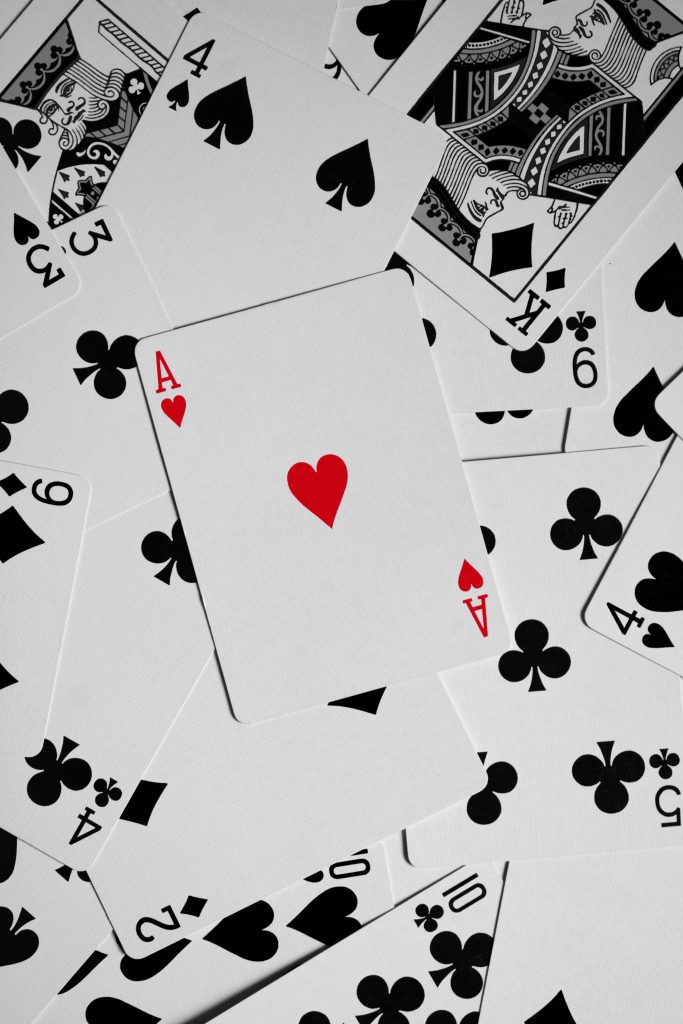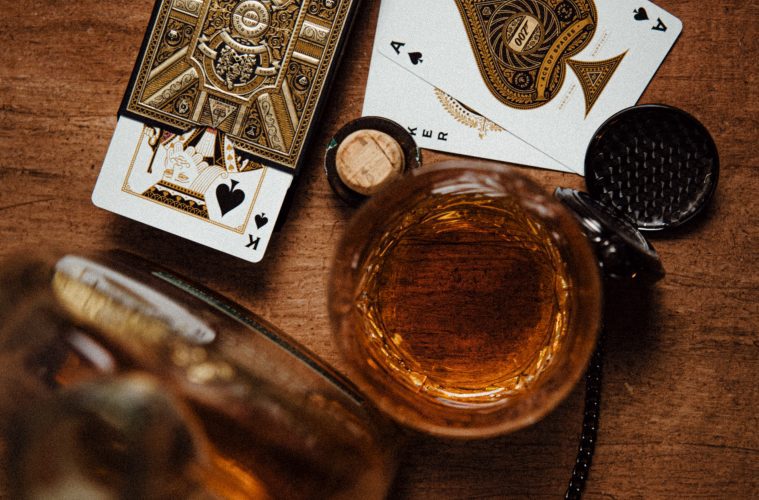Blackjack is one of the most widespread and popular casino games around, having established itself at land based venues and successfully made the leap to the online gambling scene as well. While the rules of blackjack have been the same for some time now, like poker and a number of other card games, it has undergone some significant changes and evolutions over the centuries.

If you are a big fan of blackjack, or a bit of a history nut, read on to find out about the intriguing story that led blackjack to be the way it is today.
What’s in a name?
Getting to grips with essential blackjack tips and tricks will reveal that there’s a surprising amount of complexity lurking beneath the surface of the game, but the simplicity that defines it has been around since its earliest beginnings.
This is evidenced in the fact that before blackjack, a game called Vingt-Un was a big hit throughout Europe during the 17th and 18th centuries.
This would be renamed as Twenty-One when making it across the Channel to Britain during the 1780s, before eventually crossing the Atlantic to take hold in North America in the first half of the 19th century.
The name continued to change, while the goal of scoring 21 remained the same, with subcategories such as pontoon appearing in the intervening decades.
It was not until just before the 19th century that blackjack was coined as a term for this particular card game, and while there is still disagreement about the exact origins of this name, it is now widely held that precious metal prospectors in the American North-West were responsible for coming up with this moniker.
Regarding the rules
Modern casinos usually stick to the same rules for blackjack games, whether you play in Las Vegas, London or Macau. However, the evolution of the name of the game also reflects changes to the rules. And back in the mists of history, there were significant variations depending on where you were playing.
For example, the British version of Twenty-One sees the dealer chosen from a group of players, and hands are then dealt clockwise, with dealers only changing when another player naturally scores 21 with their hand.
In France, play ran anti-clockwise, and in the case that a dealer went bust, they’d have to repay every other player their initial stake as a forfeit.
Many of the rule variations are based around the dealer, since outside of casinos, blackjack and its precursors were played by tables of amateurs, and stakes could vary from cold, hard cash to tokens that merely represent value, like matchsticks.
Likewise there are variations of blackjack which force players to keep hitting beyond a certain lower limit, rather than being able to choose when to stand regardless of what they have been dealt.
Considering strategies
For the majority of the history of blackjack, it was seen as an entertaining sideshow by most players, and not taken that seriously.
However, as land-based casinos began to take off in a big way during the 20th century, and blackjack became one of the founding games featured in these venues, some players began to get serious about unpicking it and learning its secrets.
By the mid-1950s, books about blackjack strategy were being published, and it was soon proven that it was possible to reliably beat the dealer through the art of card counting.
This would continue to change the way the game was studied and played over time, and to this day it is possible for casinos to refuse service to card counters, even though there is no law against this practice.
Embracing the digital age
As mentioned, blackjack is a staple of online casinos in the 21st century, but it was also adapted digitally well before the web was even invented.
Back when the Atari 2600 was launched in 1977, one of the titles to emerge alongside it was Blackjack, acting as a flagship demonstration of what this new computer entertainment system could do. It offered various modes, and accommodated up to three players simultaneously.
This may be a primitive iteration of digital blackjack by the standards of modern online casinos, but it’s an interesting relic nonetheless.
Every major games console since the 2600 has also featured some form of blackjack game, speaking to its enduring popularity and mainstream appeal.
No doubt the evolution of blackjack has not come to an end, but rather will continue for as long as humans are interested in card games and gambling.


